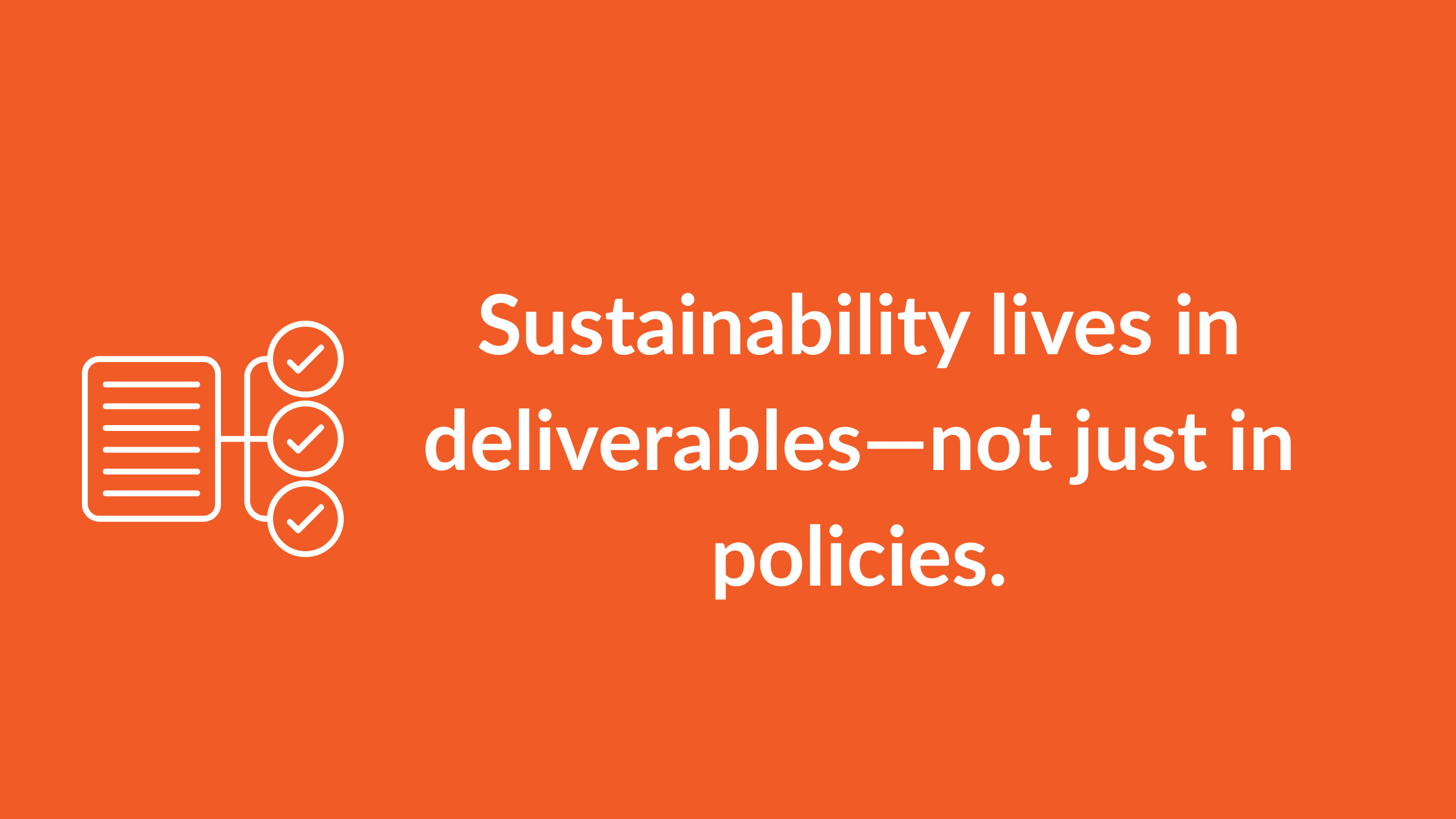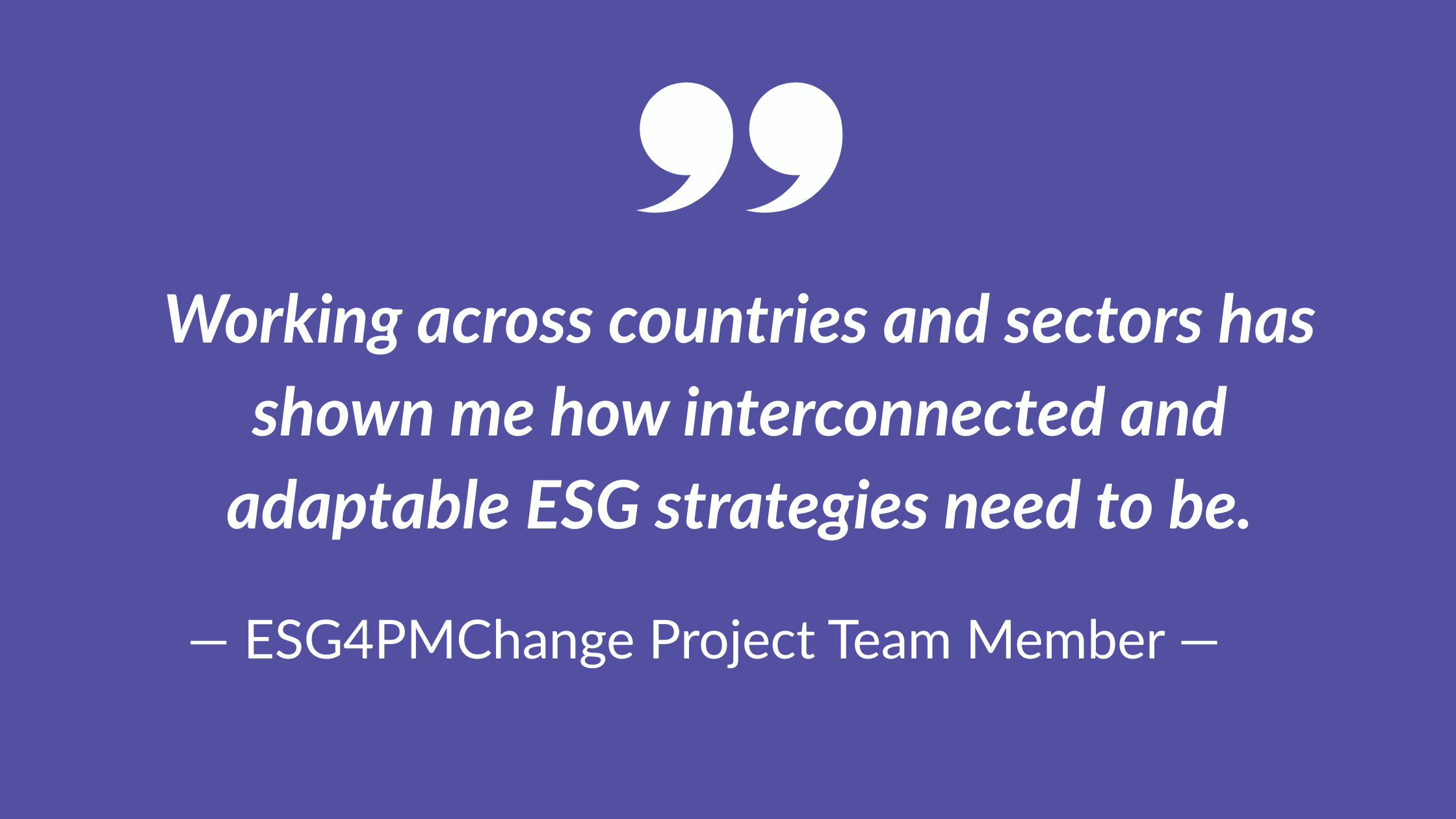Sustainability is now a core requirement—not just an optional add-on—in modern project delivery.
Introduction
As ESG principles gain traction across sectors, one thing is clear: the next generation of project managers must move beyond theory. It’s not just about frameworks—it’s about learning to apply ESG in real, unpredictable environments.
So here’s the big question:
Can future leaders tackle sustainability challenges through theory alone? 🤔🌍
Why Theory Isn’t Enough
Across Europe, ESG is entering university classrooms—from Poland to Italy to Greece. Yet, the majority of programs still treat it as a bolt-on module or executive elective, not as an integral part of the project management toolkit.
That’s where ESG4PMChange comes in. Spearheaded by the University of Novi Sad and powered by a consortium spanning six countries, this initiative bridges the gap between academia and industry by offering a hands-on ESG education model that reflects the reality of project environments.

From Frameworks to Fieldwork
Sure, students might be taught how to align SDGs with project KPIs or evaluate company ESG reports. But classroom exercises rarely simulate the messy reality—where stakeholder priorities clash, budgets shrink, and regulations shift.
🎯Let’s be clear: Frameworks matter. The UN SDGs, CSRD, and SBTi offer structure and clarity. But out in the field, that structure can fall apart fast.
📌Take ESG risk assessment.
In theory? A step-by-step checklist.
In practice? It’s fluid. Risks evolve. Budgets get slashed. Timelines move. What looked great on paper quickly becomes irrelevant.
This is why “learning by doing” isn’t optional—it’s essential. ✅
Three Lessons from Practice-Based ESG Learning
🔹 Early Integration = Lasting Impact
Projects that embed ESG from day one—through KPIs, stakeholder alignment, and risk mapping—deliver deeper, more measurable outcomes.
🔹 Stakeholder Management Is a Real-World Skill
Managing ESG isn’t about concepts. It’s about negotiation, empathy, and adaptability. Working with academia, business, policy, and civil society demands cross-cultural understanding and people skills.
🔹 Transnational Collaboration Builds Resilience
Through ESG4PMChange, institutions from Poland to Portugal are creating scalable ESG learning models. The result? Greater resilience, mutual learning, and more adaptable strategies.

From Learners to Leaders: A Call to Action
As Aspire Impact recently noted, ESG is already mainstream in over 140 countries. The time for pilots is over. The time for implementation is now. 🚀🌐
🔹 Students—Jump in. You don’t need to be an expert to start contributing. The best learning happens in real-world contexts.
🔹 Professionals—Share your experience. Mentor. Guide. You’re the link between theory and practice.
🔹 Universities & Institutions—Update your curricula. Make space for field-based modules, stakeholder simulations, and cross-sectoral collaboration.
Conclusion: Frameworks Are Just the Beginning
The road from ESG theory to project reality isn’t a detour—it’s the core path. The professionals we need tomorrow are those who know how to embed ESG in decisions, deliverables, and stakeholder dialogue—because they’ve practiced it.
Let’s stop waiting for a “perfect” ESG learning model. Let’s build it—by doing. 🚧✨
💬 What’s one practical step you’ve taken or would like to take to incorporate ESG into real-world projects? Share your thoughts or experiences in the comments below!

